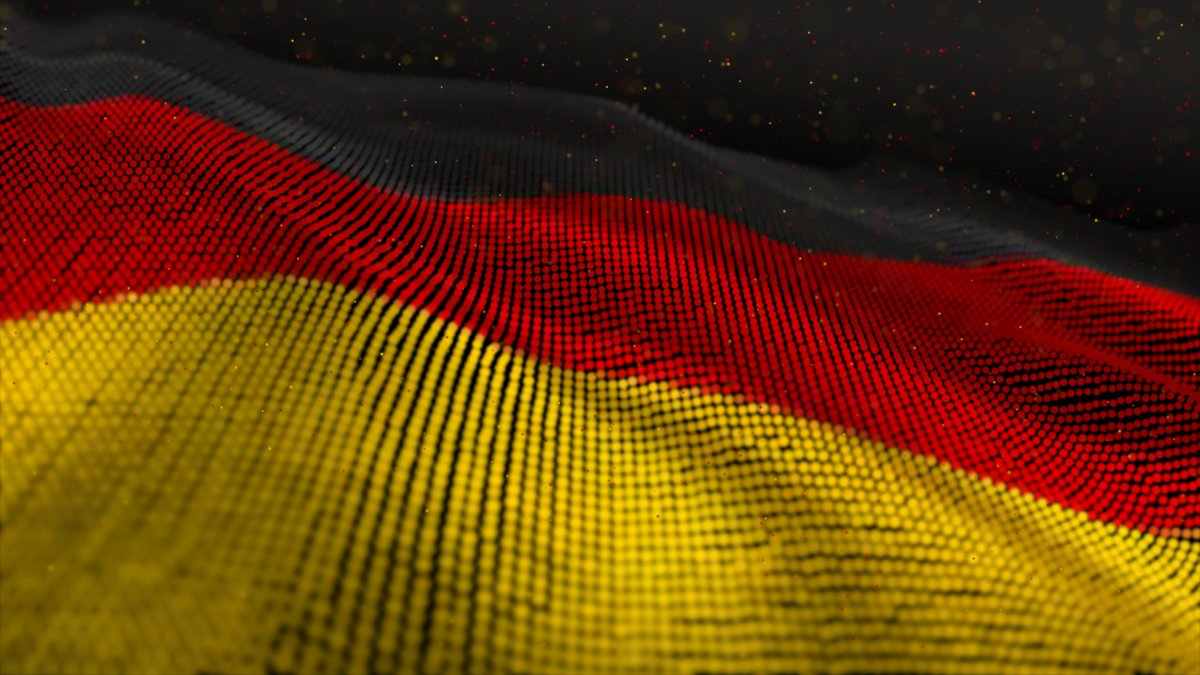The Federal Ministry of Digital Affairs is steaming ahead with the Germany stack announced by department head Karsten Wildberger (CDU). It has drawn up and published an overview of the structure of the planned national sovereign technology platform for local public sector digital projects, an initial “map” of the technologies and standards of the layered model. It also provides an associated overview of the steps already achieved (“maturity level”)”). The “D-Stack” is generally intended to play a leading role in the ongoing modernisation of public administration using digital means.
“With the Deutschland-Stack, we are creating an open, secure and scalable IT infrastructure that facilitates federal collaboration, accelerates innovation and enables user-centred solutions,” explains Digital State Secretary Markus Richter. The platform will provide basic components such as cloud and IT services that can be used by the federal government, federal states and local authorities. At the same time, Richter invited “all interested parties to contribute to the development of technical standards”.
The Ministry of Digital Affairs is conducting an initial consultation until the end of November to incorporate suggestions into the tech stack, particularly from the IT and digital economy as well as technical experts. This includes all “relevant standards and technologies for the realization of the Germany stack.”
Coalition agreement points the way
The participation process will be supplemented by topic-specific workshops, which will also focus on start-ups, SMEs, specialized service providers, and science. For example, the ministry wants to know what requirements exist for potential new services and business models and which innovations should be included in the stack “to successfully implement the digital transformation.”
According to the ministry, the D-Stack comprises the technological basis of the planned platform, the strategic and organizational framework conditions as well as specific implementation projects and products. The aim is to jointly shape the model to strengthen the economy, increase the state’s ability to act, and strengthen trust in the state. The work is to be carried out step by step: According to the plan, concrete offers for public administration will be developed by 2028.
The use of technologies will be used to leverage potential to accelerate digitalization in a targeted and impact-oriented manner. The definition of the tech stack is based on the coalition agreement, which also emphasizes digital sovereignty. There is a particular focus on trustworthy, sovereign, interoperable, and European-compatible technologies and standards.
From data centers to apps
The interactive map for standards and technologies was developed by the Federal Ministry of the Interior’s data laboratory. It is methodically based on the specifications of the Cloud Native Foundation and uses the tech stack defined in OpenCode as a basis. The overview visualizes the content and provides profiles of the individual components. It includes basic information, download options, and links to the GitHub code platform.
A central element is the conformity assessment. It assesses how well a standard or technology fulfills the objectives of the German stack. This assessment is divided into six categories and leads to different levels. The map does not yet depict all available technologies but is to be expanded according to a fixed scheme.
At the same time, the German government is clarifying the “layers and groups” of the tech stack. This is structured into six interlocking levels, which is reminiscent of the preliminary work of a think tank. The foundation is the infrastructure with buildings, data centers, and networks. The processes for development, security, and operation are based on this, which should enable automated, agile and secure software development and stable operation, including monitoring, virtualization, and storage.
The central level is the platform, the technical backbone of the overarching Government-as-a-Platform (GaaP) approach. This should allow digital solutions to be scaled. This portal includes essential areas such as data (storage, analysis), integration (interfaces/APIs) and the use of artificial intelligence (AI).
The basic services are to be based on the platform – standardised, reusable central services for basic functions such as identity, payment, and signatures. These services, in turn, serve the programs and services that represent the actual core of specialist value creation and task fulfillment. These are, for example, specialized applications or administrative services. Finally, the interface and access level represent the direct interfaces for users, for example via browsers, apps and portals.
(vbr)
Don’t miss any news – follow us on
Facebook,
LinkedIn or
Mastodon.
This article was originally published in
It was translated with technical assistance and editorially reviewed before publication.
Dieser Link ist leider nicht mehr gültig.
Links zu verschenkten Artikeln werden ungültig,
wenn diese älter als 7 Tage sind oder zu oft aufgerufen wurden.
Sie benötigen ein heise+ Paket, um diesen Artikel zu lesen. Jetzt eine Woche unverbindlich testen – ohne Verpflichtung!
